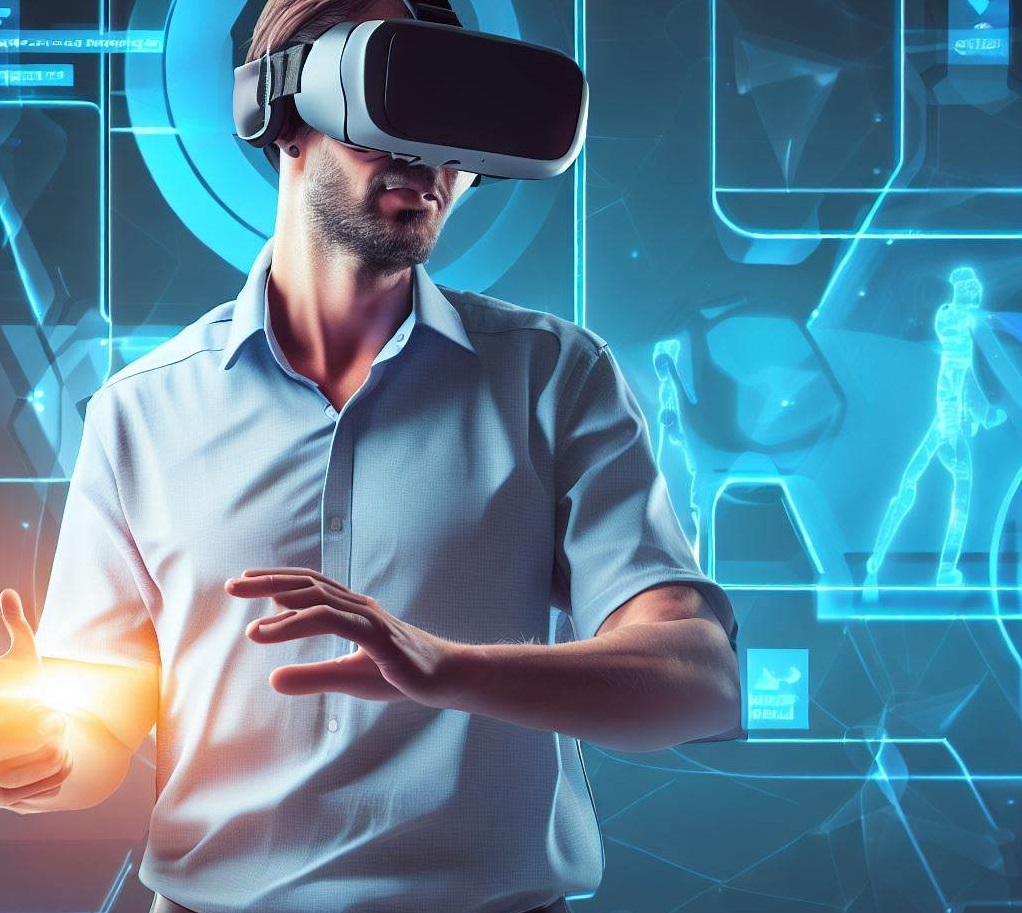Immersive Virtual Environments for Physical Therapy: Enhancing Rehabilitation Outcomes with VR Technology

Advancements in technology have revolutionized various industries, and the field of physical therapy is no exception. With the advent of Virtual Reality (VR) technology, therapists now have a powerful tool to enhance rehabilitation outcomes for their patients. Immersive virtual environments offer a unique and effective approach to engage patients in their rehabilitation programs, making therapy sessions more enjoyable and motivating. In this article, we will explore how VR technology is transforming physical therapy, the benefits it offers, and its potential to revolutionize the way patients recover from injuries and regain their functional abilities.
- What are Immersive Virtual Environments?
Immersive virtual environments are simulated digital worlds that surround and engage users in a 3D space, typically experienced through VR headsets or other interactive devices. These environments are created to simulate real-world scenarios, ranging from serene natural landscapes to bustling city streets or even challenging game-like scenarios. In the context of physical therapy, therapists can use VR to design tailored environments that align with specific rehabilitation goals.
- How VR Technology Enhances Physical Therapy
2.1. Increased Patient Engagement
Traditional physical therapy exercises can become repetitive and mundane for patients, leading to reduced motivation and compliance. Immersive virtual environments, however, offer an exciting and interactive experience that captures the patient’s attention, resulting in increased engagement and adherence to therapy programs. When patients are actively involved in their rehabilitation, they are more likely to achieve better outcomes.
2.2. Enhanced Neuroplasticity
Neuroplasticity refers to the brain’s ability to reorganize and form new neural connections. VR technology can stimulate neural pathways by challenging patients with interactive tasks and activities. For example, a stroke patient can engage in VR-based simulations to improve hand-eye coordination, promoting neuroplastic changes that facilitate recovery.
2.3. Real-time Feedback and Monitoring
VR systems can provide instant feedback to patients and therapists during therapy sessions. This real-time feedback allows therapists to monitor patients’ progress more effectively, enabling them to make timely adjustments to treatment plans. Additionally, patients can see their improvements, which can be highly motivating and boost their confidence.
- Targeted Rehabilitation Programs
One of the significant advantages of using VR in physical therapy is the ability to create personalized and targeted rehabilitation programs. Therapists can tailor virtual environments to address specific conditions, injuries, or mobility limitations. For example, patients with balance issues can practice walking on a virtual uneven surface or crossing a virtual balance beam. By tailoring exercises to individual needs, therapists can optimize the rehabilitation process.
- Overcoming Fear and Anxiety
Certain physical therapy exercises, such as balance training or exposure therapy, can trigger fear and anxiety in some patients. VR technology allows therapists to create controlled and safe environments to gradually expose patients to these challenging scenarios. This helps patients confront their fears in a controlled manner, leading to desensitization and improved emotional well-being.
- Motivation through Gamification
Incorporating gamification elements into VR-based rehabilitation programs can make the therapy process more enjoyable and rewarding. Patients can earn points, achieve milestones, or compete with themselves or others, turning therapy into a fun and engaging experience. Gamification not only motivates patients but also encourages them to push their boundaries and achieve better results.
Conclusion
Immersive virtual environments have opened up a new realm of possibilities for physical therapy, revolutionizing the way patients recover from injuries and regain functional abilities. By leveraging the power of VR technology, therapists can enhance patient engagement, improve neuroplasticity, and design personalized rehabilitation programs that target specific conditions. Moreover, VR therapy helps patients overcome fears, reduce anxiety, and enjoy the rehabilitation process through gamification.
As VR technology continues to evolve, its applications in physical therapy are bound to expand further, offering new and innovative ways to optimize rehabilitation outcomes. With its potential to make therapy more enjoyable and effective, immersive virtual environments are undoubtedly set to become an integral part of modern physical therapy practices.








